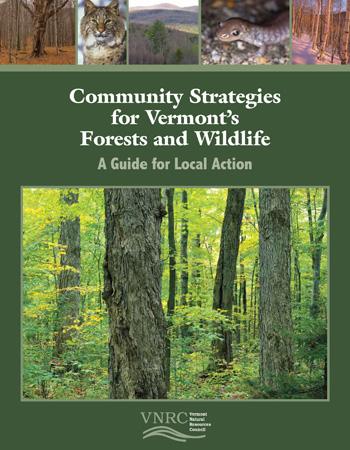Reducing Forestland Parcelization through Subdivision and Zoning Analysis

While close to 80% of Vermont is forested, forest cover is actually declining. Development is responsible for this trend, and forests are becoming increasingly fragmented across Vermont. Fragmentation usually starts with subdivision, the division of a parcel into two or more smaller lots. The result is typically an increase in the number of parcel owners, which leads to new housing and infrastructure development (roads, septic, utility lines, etc.). When this development occurs, it fragments the landscape and diminishes the economic and ecological viability of forests.
NSRC researchers scrutinized the relationship of subdivision and land use change at the municipal level in fourteen towns in Vermont. They compiled a final report with conclusions about effective and problematic zoning approaches for maintaining viable tracts of forestland. Findings demonstrate that a majority of subdivision activity is not being reviewed by Act 250, Vermont’s development review law, which means local municipalities must shape subdivision through local regulations. Researchers also found that conservation oriented zoning districts are effective in controlling subdivision patterns. Since the majority of subdivisions in the study occurred in rural residential districts, municipalities should focus on developing effective strategies for reducing fragmentation in these districts.
In coordination with regional and local planning entities, researchers created an engaging technical assistance manual outlining regulatory and non-regulatory strategies, an online community planning toolkit, and a forest fragmentation action plan, all available on the Vermont Natural Resources Council website. These materials should help inform Northern Forest communities as planners grapple with development pressure on forestland.
